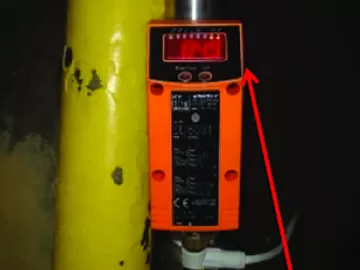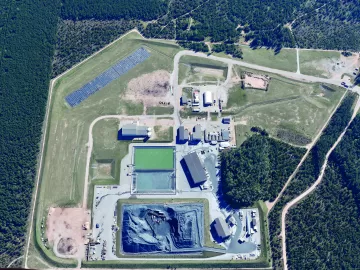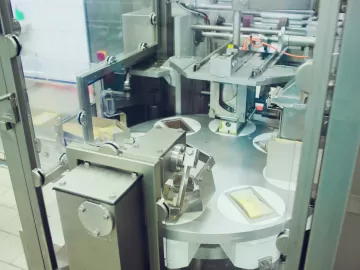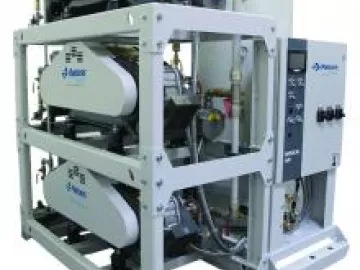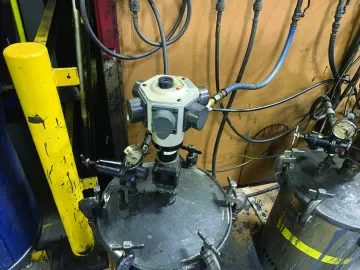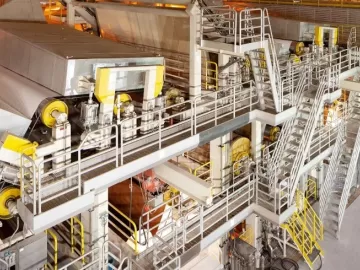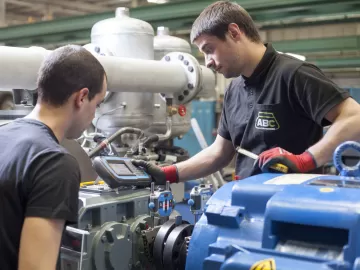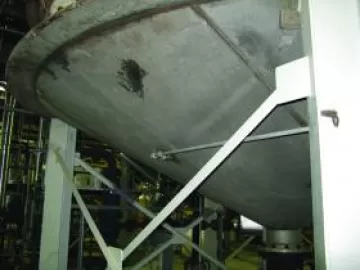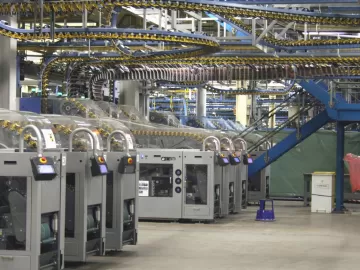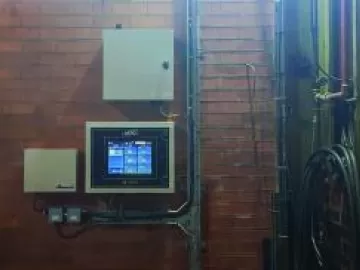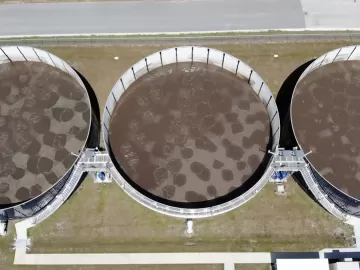Sustainability is “Part of Who We Are” at Eastman
By making sustainability a requirement and a core element of its growth strategy, Eastman has improved the energy efficiency of manufacturing operations by 13% since its baseline year of 2008 (the year Eastman became an ENERGY STAR® Partner). By 2018, Eastman had decreased its greenhouse gas intensity by 20%, two years ahead of its goal. Additionally, Eastman received the 2019 ENERGY STAR® Partner of the Year Award for Sustained Excellence, marking the company’s eighth consecutive ENERGY STAR award: two years as Partner of the Year and six years of Sustained Excellence recognition.

